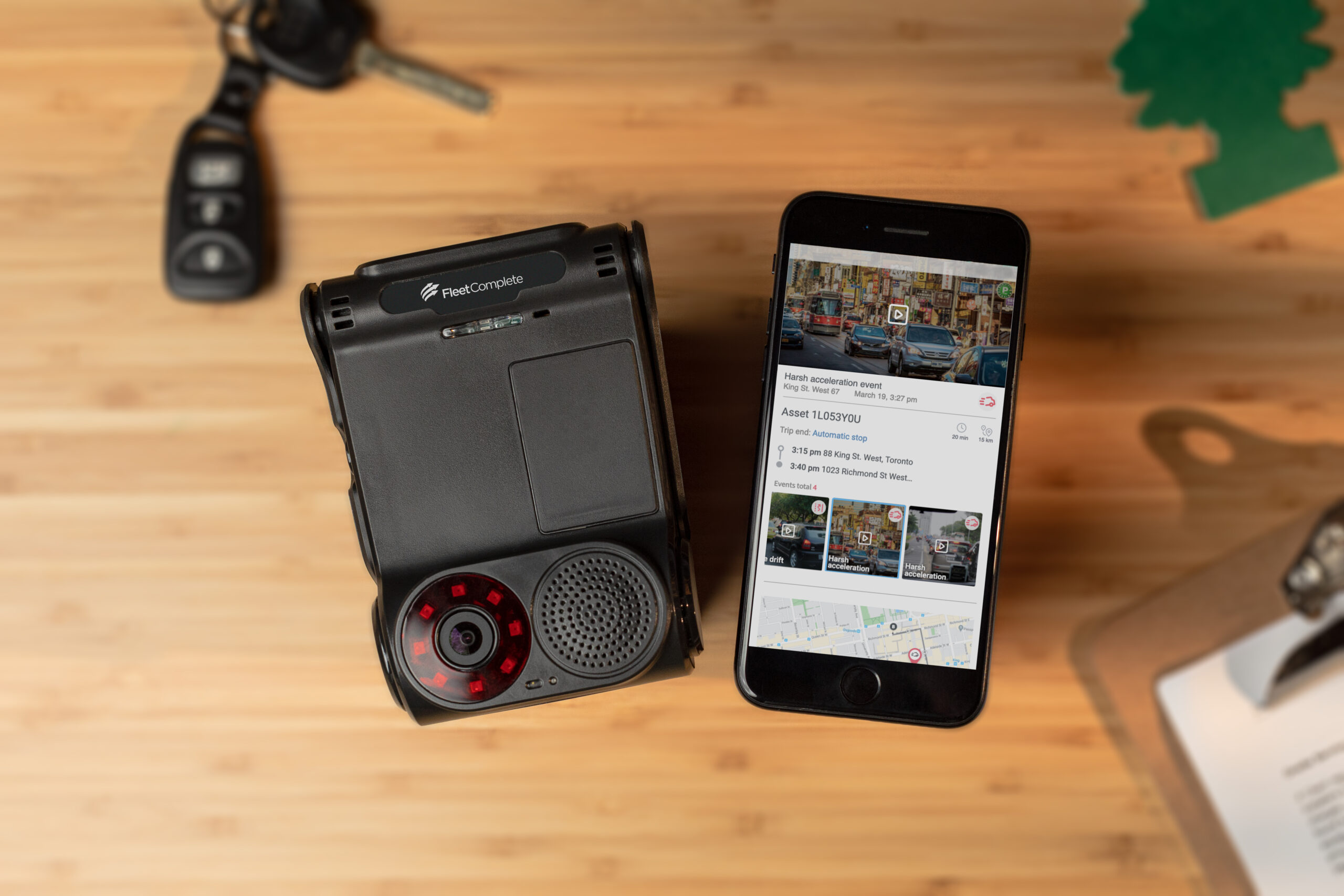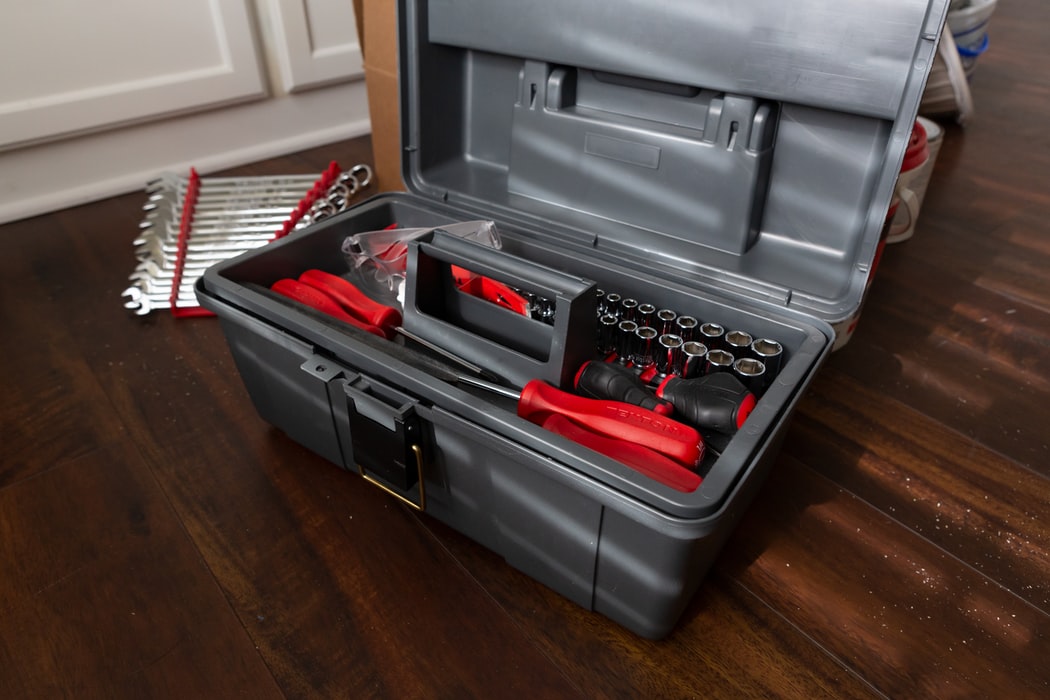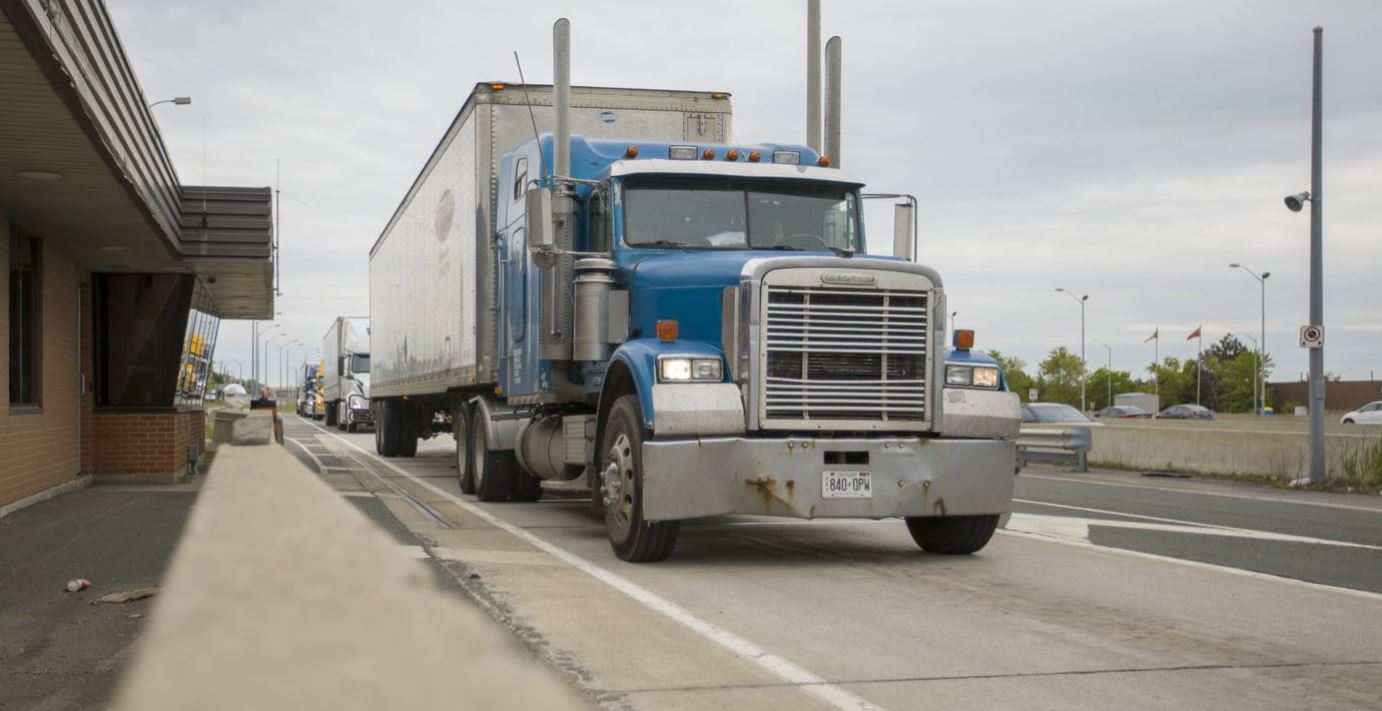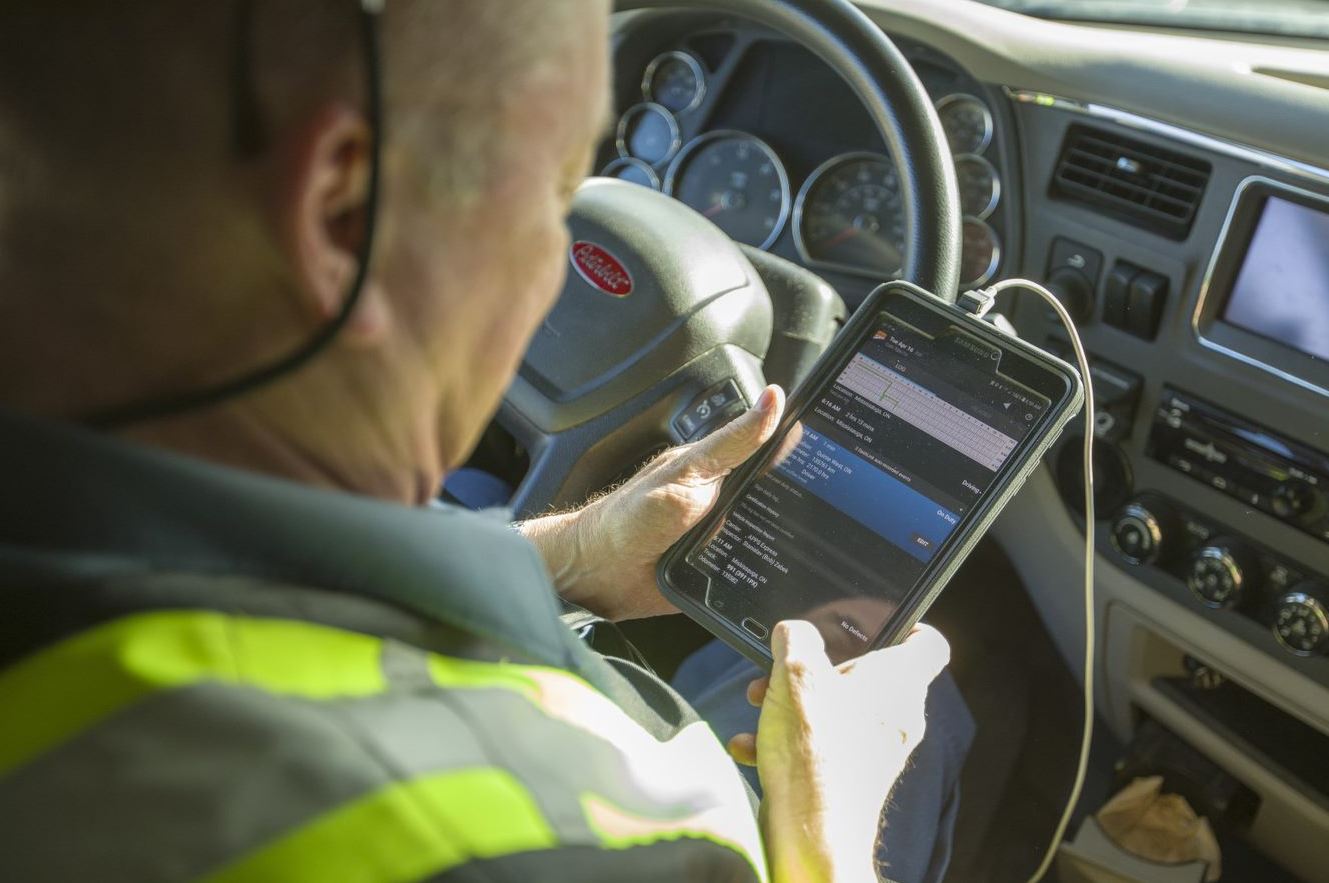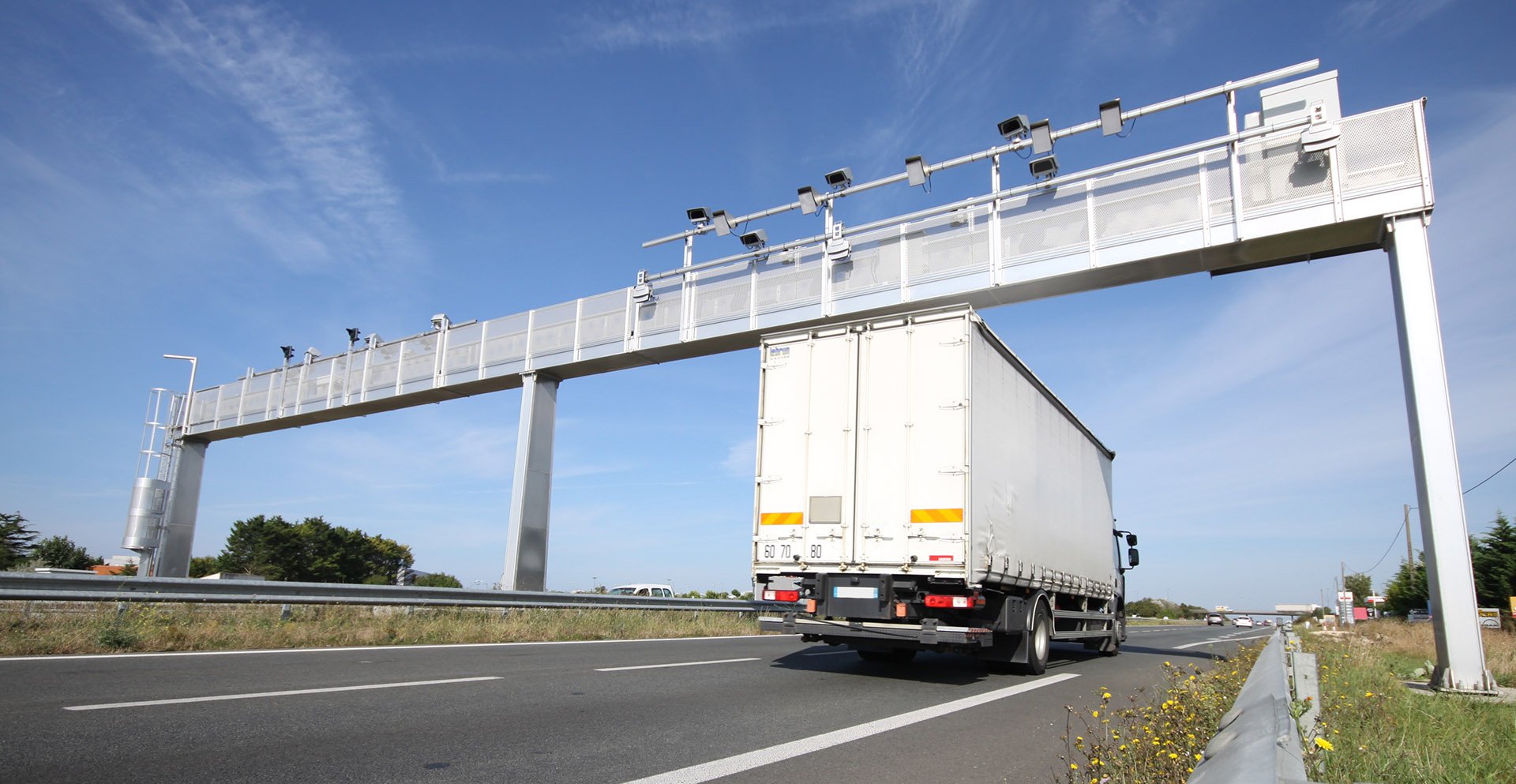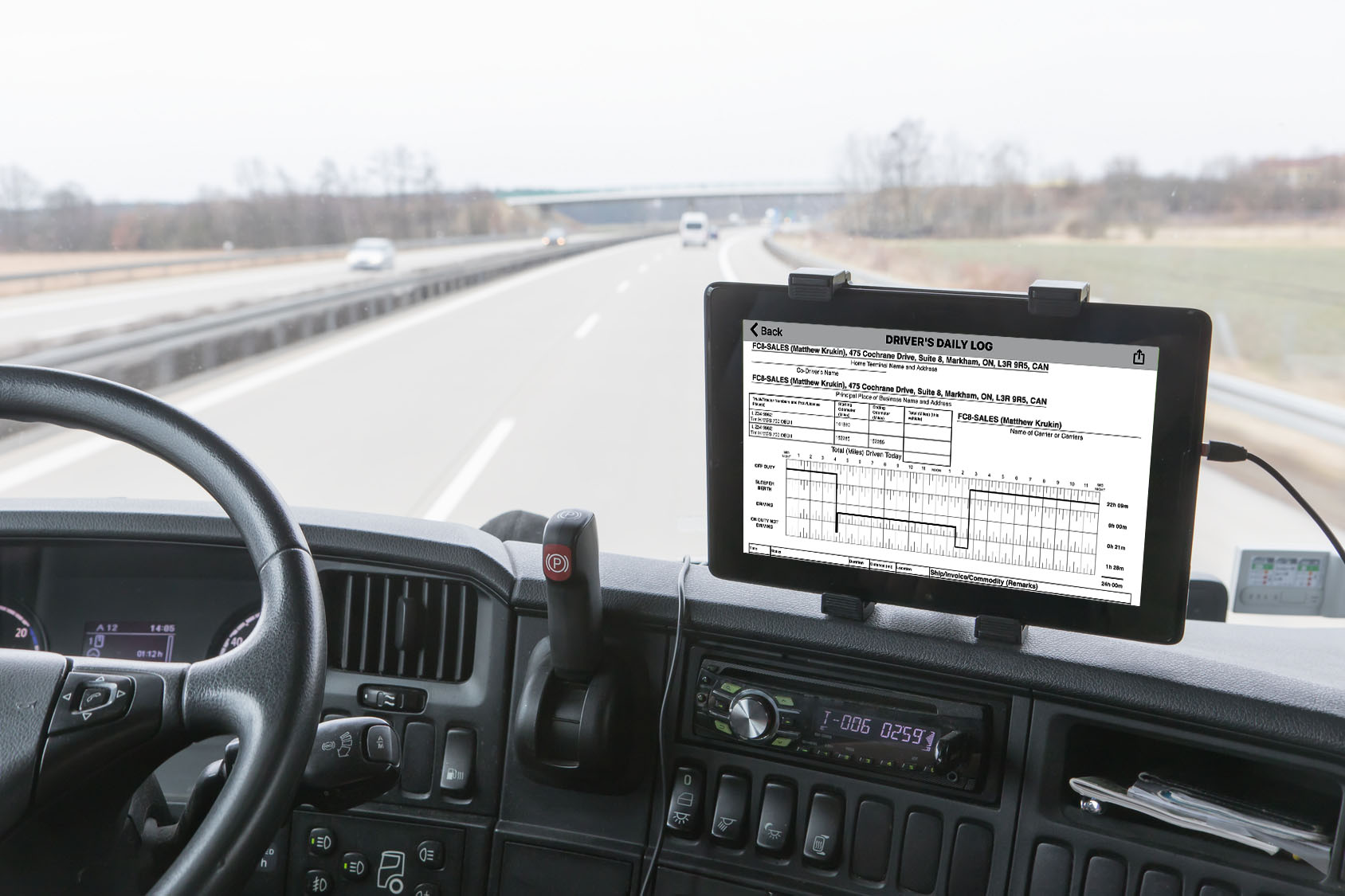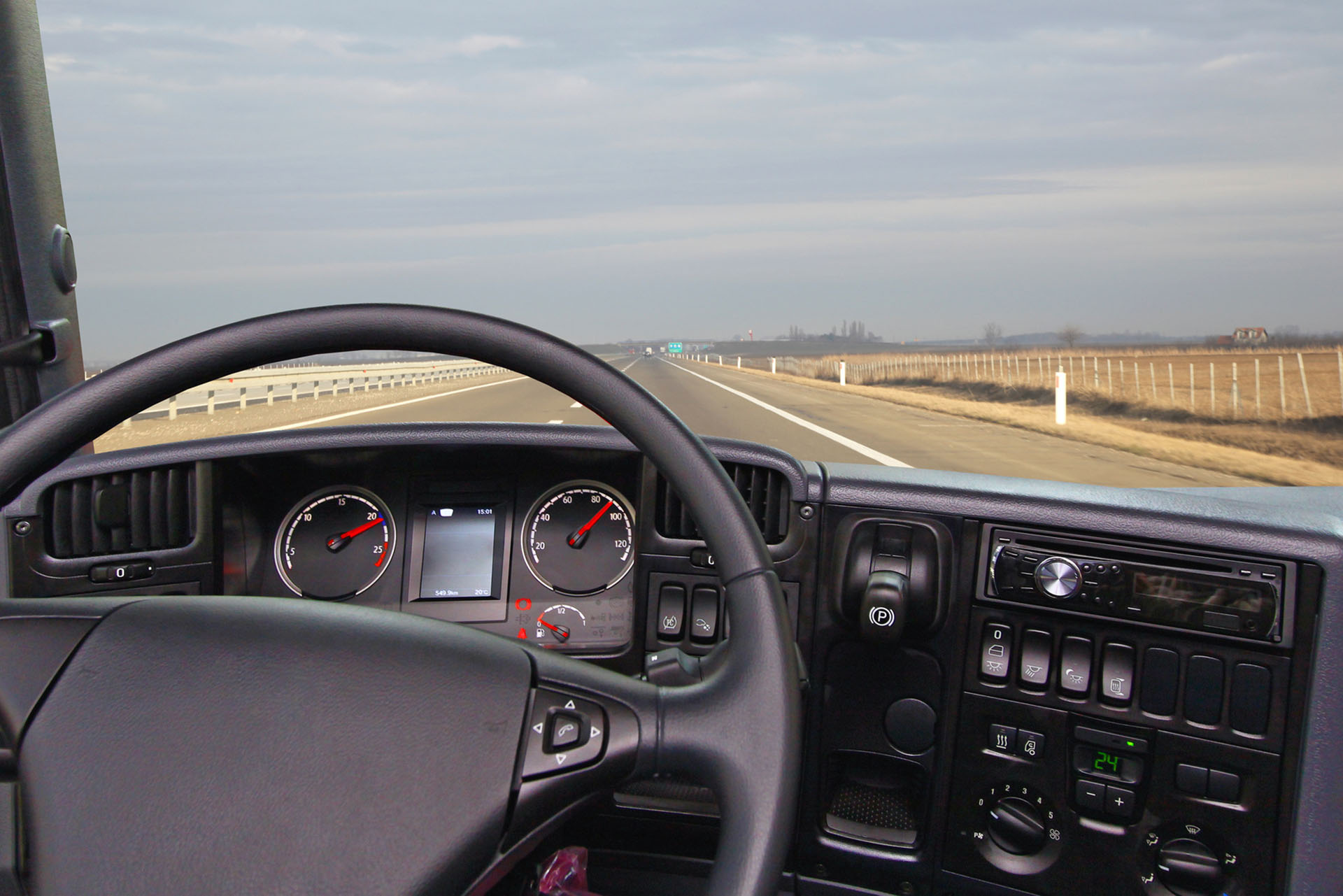The Federal Hours of Service Regulation SOR/2005-313, and by default deployment of Electronic Recording Device (ERD) in Canada and eventually an Electronic Recording Device (ELD) when the rule-making is finalized, will likely apply to all extra-provincial motor carriers operating commercial vehicles in Canada.
There may be other exemptions likely available when the final rule-making is proclaimed as described below, but this is what we know so far.
A commercial motor vehicle is defined as a vehicle that:
- Is operated by a motor carrier and propelled otherwise than by muscular power; and
- Is a truck, tractor, trailer or any combination of them that has a gross vehicle weight in excess of 4,500 kg, or a bus that is designed and constructed to have a designated seating capacity of more than 10 persons, including the driver.
A commercial motor vehicle does not include the following, and by default will likely not require ERD and eventually ELD:
- A two or three-axle commercial vehicle being used for
- Transporting the primary products of a farm, forest, sea or lake, if the driver or the motor carrier is the producer of the products, or
- A return trip after transporting the primary products of a farm, forest, sea or lake, if the vehicle is empty or is transporting products used in the principal operation of a farm, forest, sea or lake;
- An emergency vehicle;
- A vehicle engaged in providing relief in the case of a public welfare emergency, as that expression is defined in section 5 of the Emergencies Act; and
- Exemption in this section was Repealed, SOR/2009-157, s. 1
- A commercial vehicle when driven for personal use, if
- The vehicle has been unloaded,
- Any trailers have been unhitched,
- The distance traveled does not exceed 75 km in a day,
- The driver has recorded in the logbook the odometer reading at the beginning and end of the personal use, and
- The driver is not the subject of an out-of-service declaration under regulation.
- The driver operates or is instructed by the motor carrier to operate a commercial vehicle within a radius of 160 km of the home terminal;
- The driver returns to the home terminal each day to begin a minimum of 8 consecutive hours of off-duty time;
- The motor carrier maintains accurate and legible records showing, for each day, the driver’s duty status and elected cycle, the hour at which each duty status begins and ends and the total number of hours spent in each status and keeps those records for a minimum period of 6 months after the day on which they were recorded; and
- The driver is not driving under a permit issued under these Regulations.
Exemptions likely to included in the Canada ELD Rule-making, but awaiting official confirmation when the Canada Gazette Part 2 is published:
- If a driver is not currently required to complete an hours of service log (i.e. 160 Km radius as described above).
- While operating under a rental agreement of no more than 30-days.
- While operating under an exemption permit.
- While operating under a statutory exemption.
- Commercial motor vehicles that were manufactured before the year 2000.














